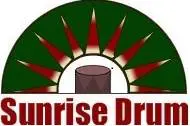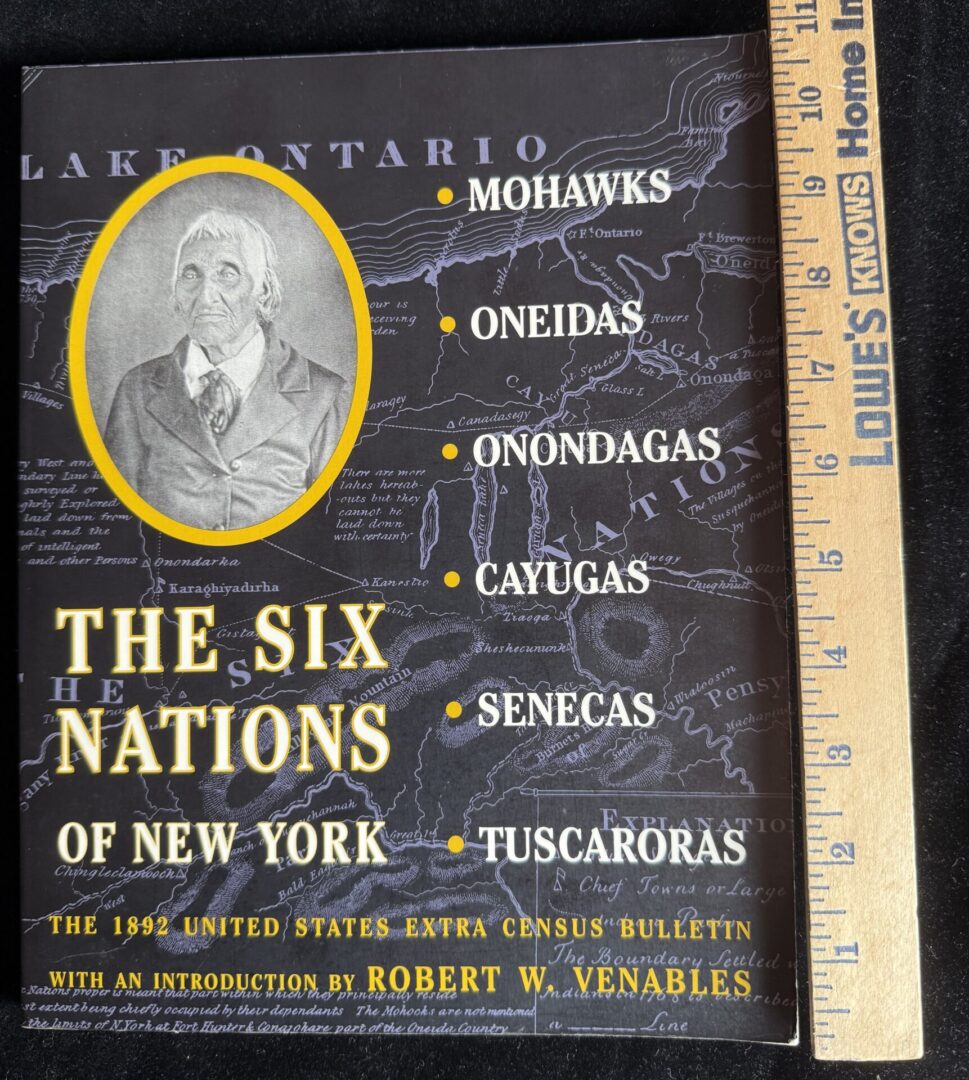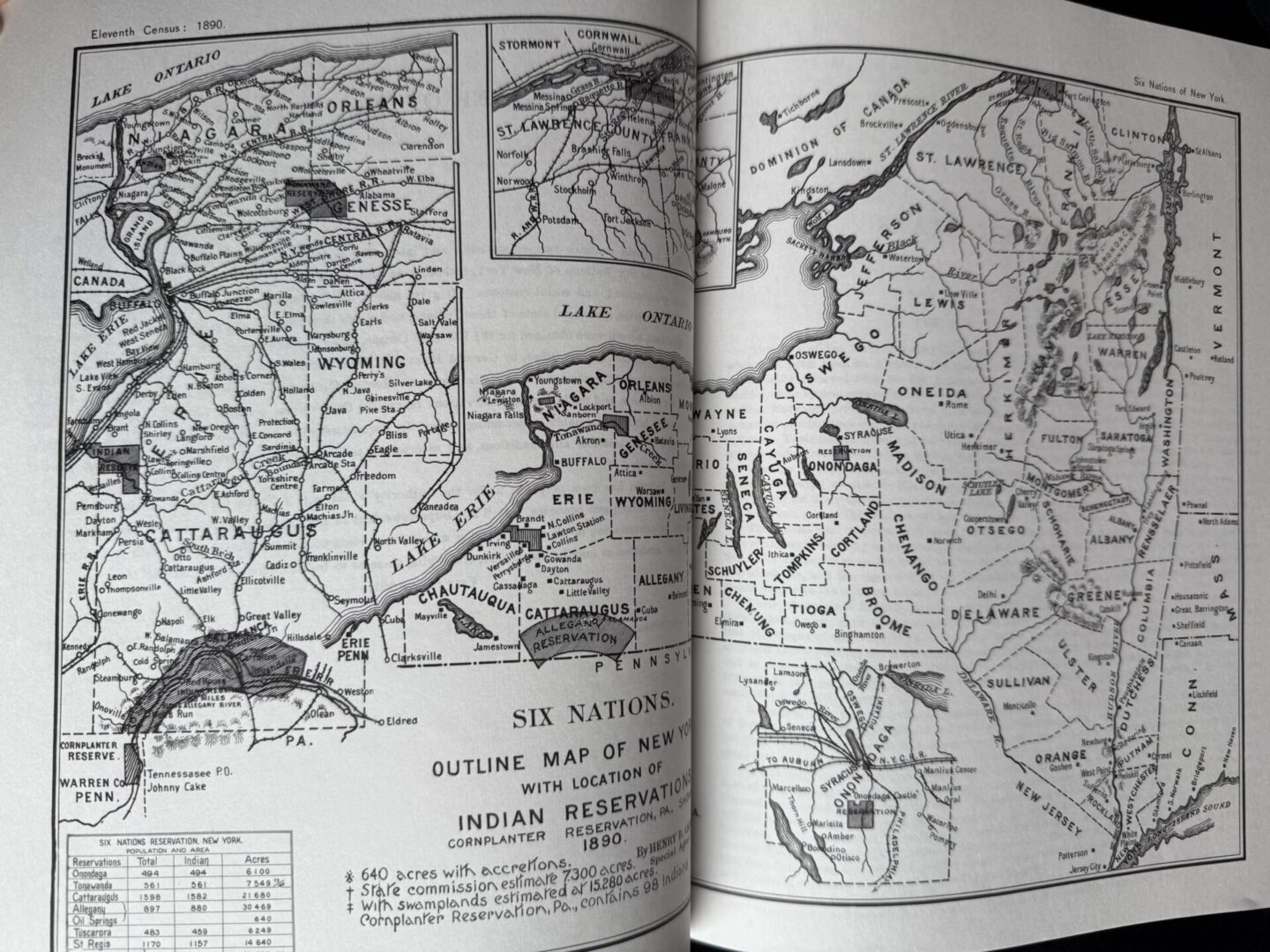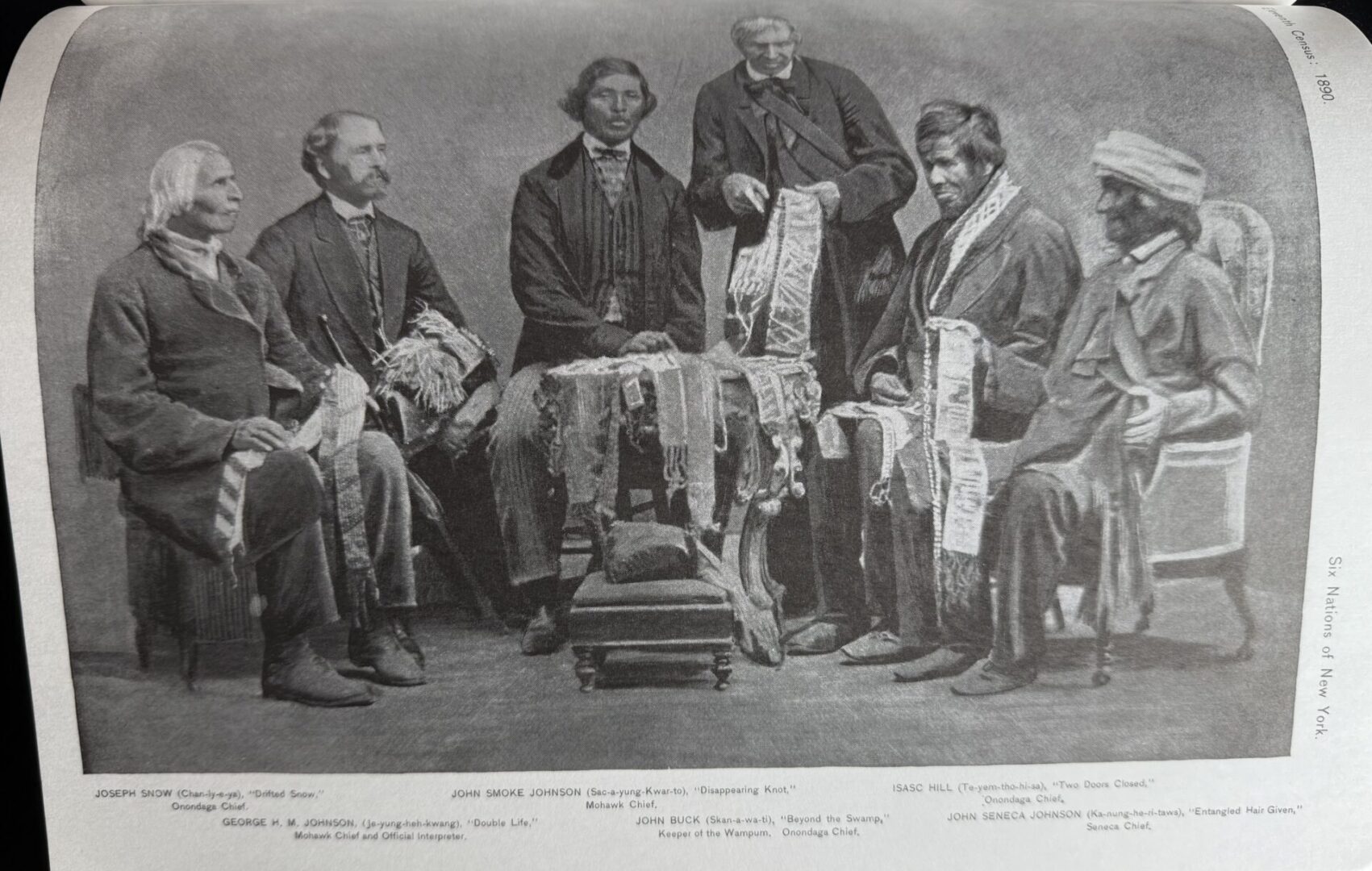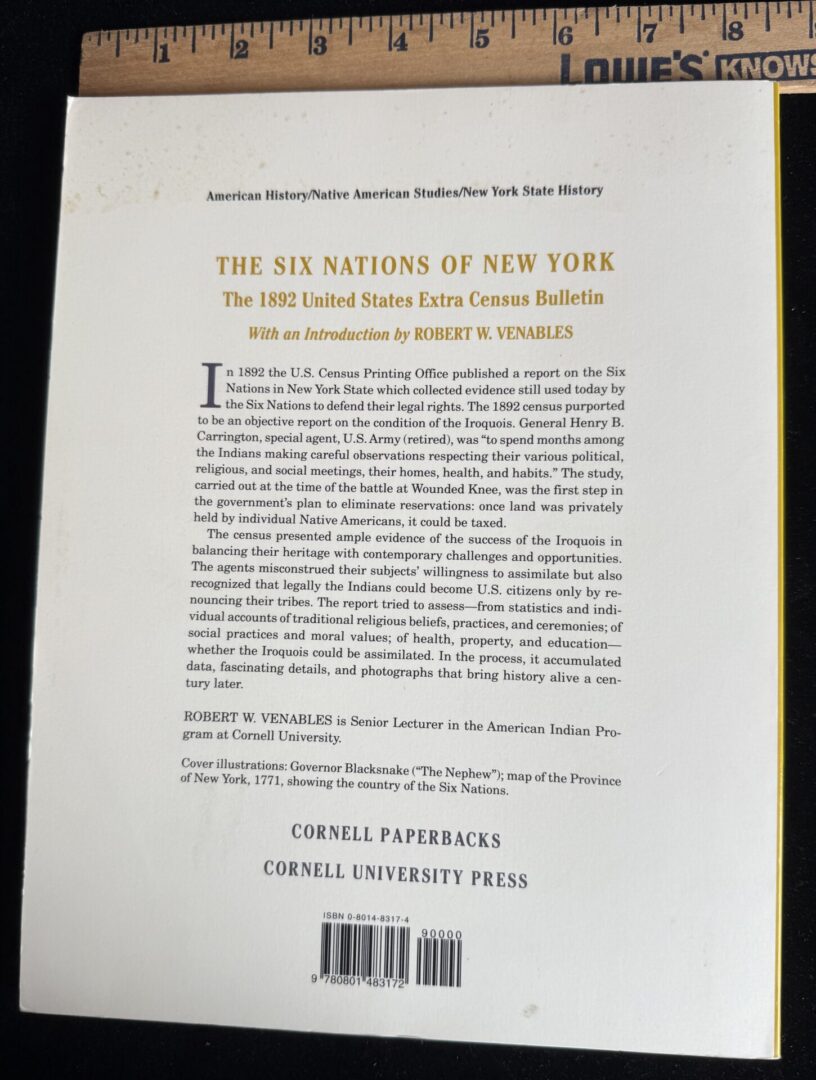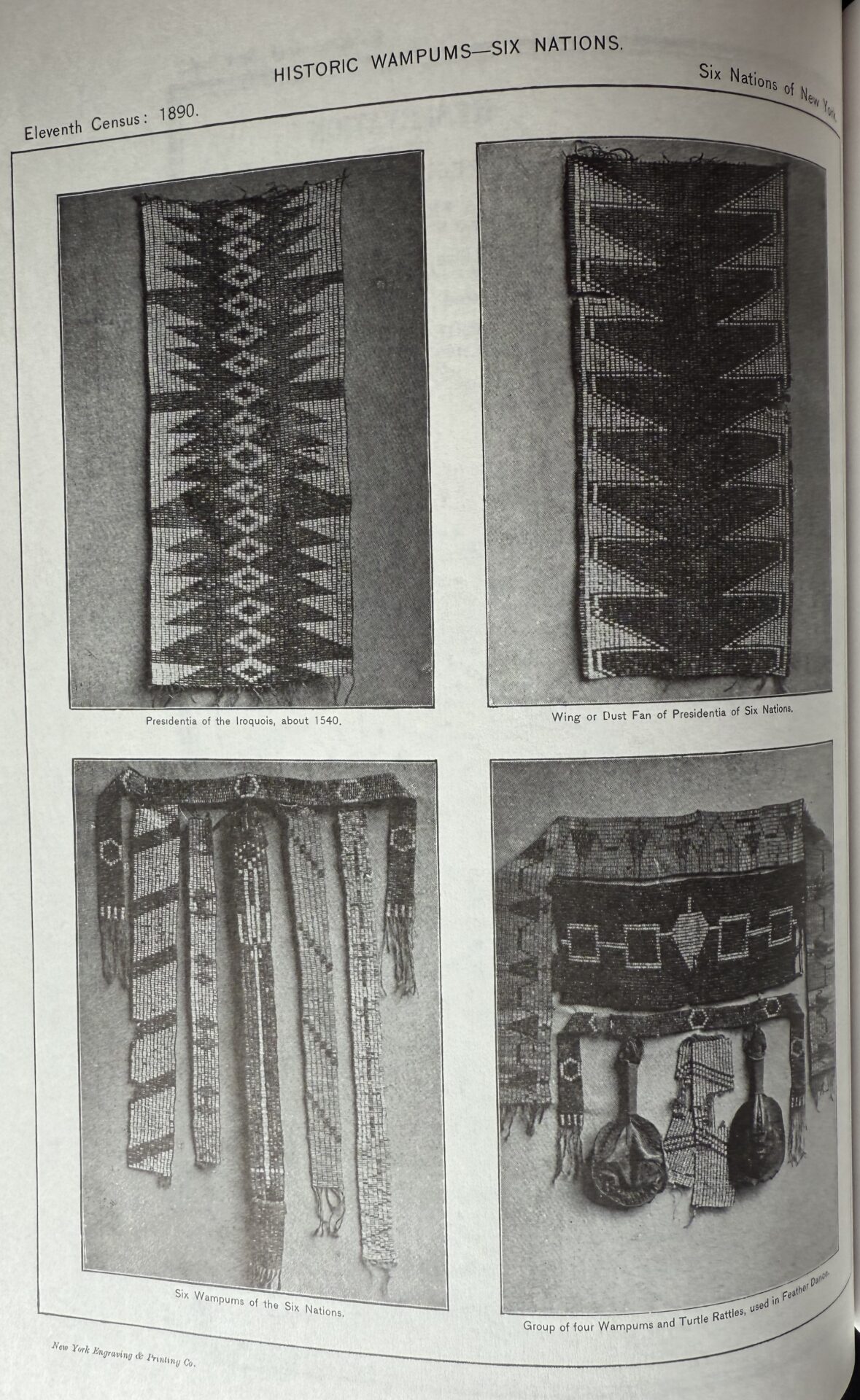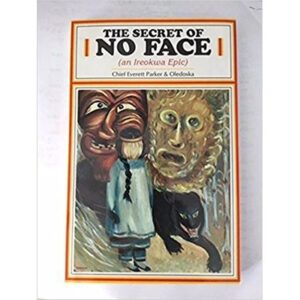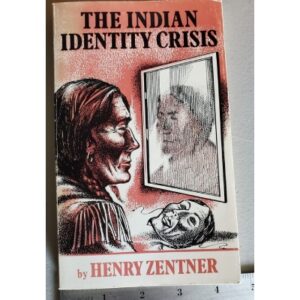Description
- Mohawks
- Oneidas
- Onondagas
- Cayugas
- Senecas
- Tuscaroras
In 1892 the U.S. Census Printing Office published a report on the Six Nations in New York State which collected evidence still used today by the Six Nations to defend their legal rights. The 1892 census purported to be an objective report on the condition of the Iroquois. General Henry B. Carrington, special agent, U.S. Army (retired), was “to spend months among the Indians making careful observations respecting their various political, religious, and social meetings, their homes, health, and habits.” The study, carried out at the time of the battle at Wounded Knee, was the first step in the government’s plan to eliminate reservations: once land was privately held by individual Native Americans, it could be taxed.
The census presented ample evidence of the Iroquois success in balancing their heritage with contemporary challenges and opportunities. The agents misconstrued their subjects’ willingness to assimilate but also recognized that legally the Indians could become U.S. citizens only by renouncing their tribes. The report tried to assess―from statistics and individual accounts of traditional religious beliefs, practices, and ceremonies; of social practices and moral values; of health, property, and education―whether the Iroquois could be assimilated. In the process, it accumulated data, fascinating details, and photographs that bring history alive a century later.
Included are an introduction by Robert Venables and another introduction by Thomas Donaldson, expert special agent. Several chapters of the condition of the Six Nations of New York by General Henry B. Carrington, special agent.
Includes 9 maps, photographs, and sketches of wampum belts.
Published 1995 Cornell Press, Ithica NY. It is lightly used and in very good shape, the spine has no creases, no markings, with a little discoloration on the back.

